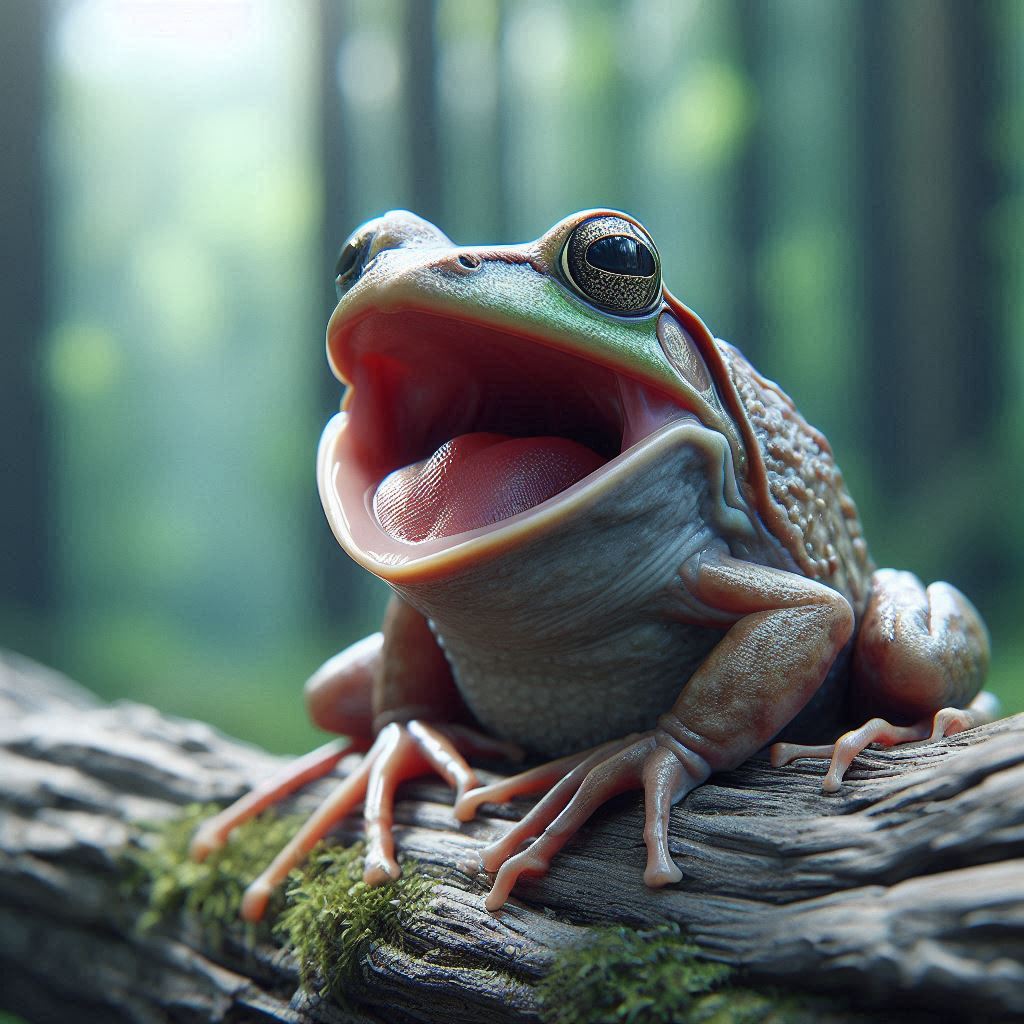Bioacoustics is the science that makes you ask: “Do animals have a dialect?” It is the field of study that listens to the whispered secrets of nature, from the chirps of birds to the serenades of whales. And it is not only for science, but also to understand if your cat is really plotting against you or just asking for more food.
- Environmental monitoring through sound mapping
- Bioacoustics for interspecies communication
- Survey and conservation of the soundscape
Environmental monitoring through sound mapping
By mapping sounds, scientists can monitor environmental changes and the impact of human activities on natural habitats.
In fact, each habitat has a unique acoustic signature, a set of sounds that varies according to the biodiversity and physical characteristics of the environment, such as topography and vegetation.
Bioacoustics is an interdisciplinary science that deals with the study of sounds emitted by living organisms and their role in ecosystems. Sounds are in fact crucial indicators of the health of ecosystems.
Thanks to this, scientists can monitor habitats, identify and catalogue species, study animal behaviour and assess the impact of human activities on the natural environment.
The concept of soundscapes, introduced in the 1970s by Canadian composer Murray Schafer, emphasises the importance of listening to and preserving the sound diversity of our environment.
Bioacoustics for animal communication
The lack of natural sounds can be a sign of a declining ecosystem, as Rachel Carson pointed out in her famous 1962 book ‘Silent Spring’.
Birds, for example, are known for their complex songs, which they use not only to attract partners, but also to demarcate territories and signal the presence of predators.
Elephants communicate through infrasound, i.e. very low frequency sounds that humans cannot perceive, but which can travel for kilometres across the savannah; this allows elephants to transmit long-distance messages, such as danger warnings or calls to rally the herd.
Similarly, whales use these sound waves to communicate across the vast distances of the oceans.
Bats, on the other hand, use echolocation to navigate and hunt in the dark, emitting high-frequency, or ultrasound, sounds that bounce off objects and return as an echo, which is then interpreted by the animal.
Insects such as cicadas, crickets and grasshoppers produce sounds through the process of stridulation to attract females during the mating season.
Studies have revealed that plants can also respond to sounds, such as rustling leaves or the sound of insects, influencing their growth and behaviour.
Survey and conservation of the soundscape
Sound recording and analysis allow valuable data to be collected without disturbing the animals, thus facilitating research in remote or difficult-to-access areas.
To capture these sounds, it is essential to use appropriate instruments such as sound level meters, which are very sensitive instruments.
The analysis of recorded noises is equally important and can be carried out using special software that allows detailed examination of the parameters of vocalisations.
In addition, bioacoustics can provide valuable information on animal behaviour and their ecological interactions, helping to design more effective conservation strategies.
Recent studies have shown that exposure to these types of sounds can reduce stress, improve mood and even increase cognitive performance.
UNESCO has recognised the soundscape a sintangible heritage, emphasising its cultural value and the need to protect it.
The geography of natural sounds invites us to listen to the symphony of life around us, recognising the importance of each note in the great score of the Earth’s ecosystem.
Play for the planet!
